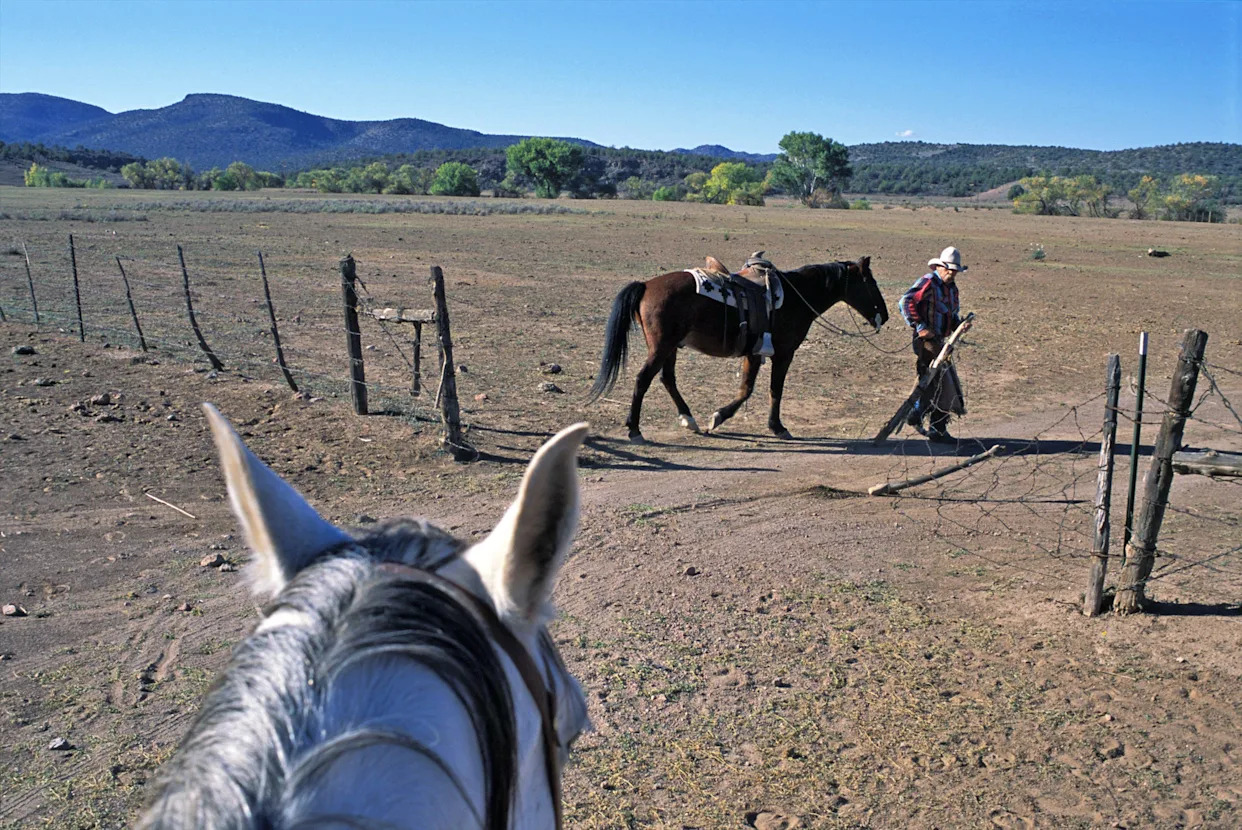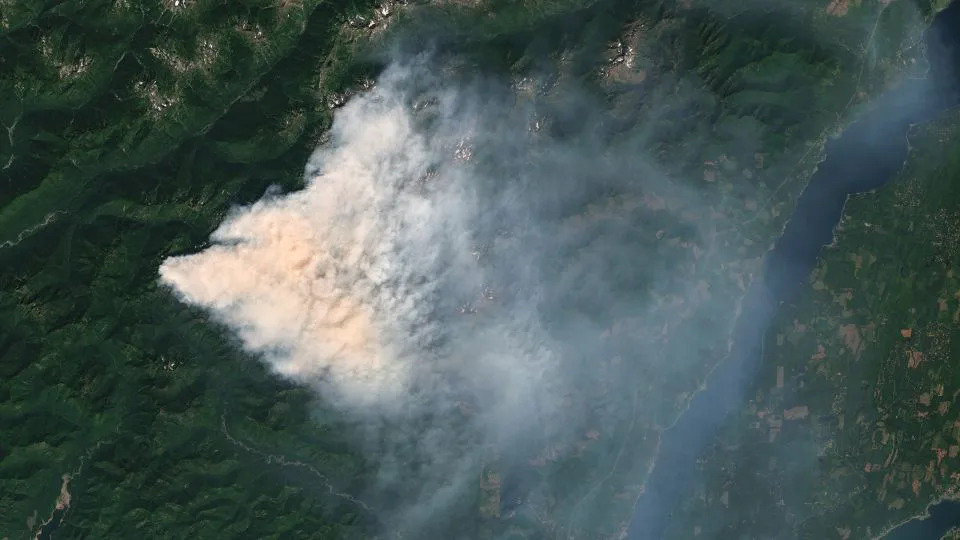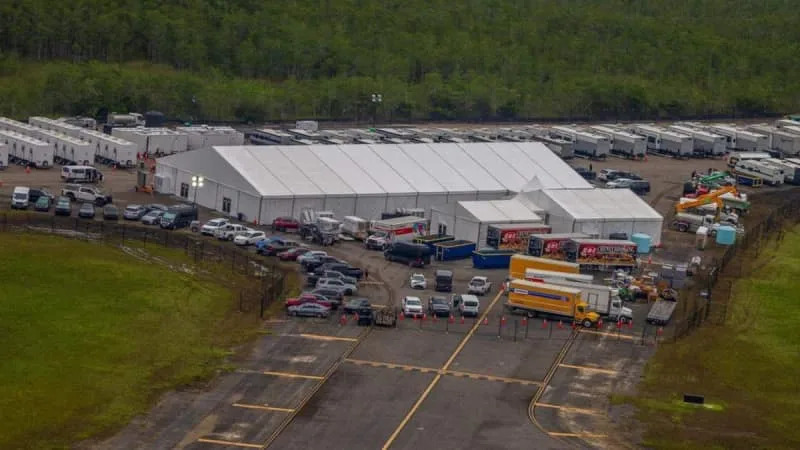
West Texas has seen a surprisingly mild summer, with most cities recording only a handful of triple-digit days.
Across the state, conditions fell well short of the blistering summer the Farmers’ Almanac had forecast and the above-normal temperatures the Climate Prediction Center predicted.
Several heat waves did linger over the area, but they weren’t as intense as expected — and just Interstate 20, North Texas similarly saw one of its coolest summers on record, according to the Dallas Morning News.
With experts now predicting a well-above-average hot fall, the mild summer leaves a question lingering: Is the worst of the heat behind us, or should West Texas brace for more extreme temperatures in the days ahead?
Are triple digits over in West Texas?
Historic data suggests that, for much of the state, the last 100-degree day has already passed, though anomalies do occur from time to time.
While the Climate Prediction Center is forecasting an above-average fall, that mainly means temperatures will be modestly above normal — which is typically in the 70s and 80s — so “above average” doesn’t necessarily signal highs in the upper 90s or triple digits.
Why has this summer been so mild?
Although summer was expected to be more extreme, several factors helped keep temperatures moderate:
The shift from La Niña to an El Niño-Southern Oscillation (ENSO)-neutral phase played a significant role, Reuters reported. ENSO refers to the periodic warming or cooling of sea surface temperatures in the central and eastern Pacific Ocean, which can influence weather patterns worldwide.
La Niña is the cooler phase, often bringing hotter, drier conditions to the southern U.S., while El Niño is the warmer phase, which can lead to milder and wetter conditions. From April through August 2025, sea surface temperatures remained near average, creating a neutral phase that typically produces more stable weather and fewer extreme heat events.
Additionally, an increase in cooler air masses and greater cloud cover helped moderate daytime highs, while the region saw fewer of the persistent heat domes that often trap heat over Texas and neighboring states.
When is the average last 100-degree day in West Texas?
Across most of Texas, temperatures finally begin to cool in August, with average highs finally dipping below the triple-digit mark.
Here's a look at the earliest, latest and average last 100-degree day recorded across the state since 1940, according to data from the National Weather Service.
Amarillo
Earliest: June 14 (2000)
Latest: Sept. 19 (2024)
Average: Aug. 5
Lubbock
Earliest: May 11 (1962)
Latest: Oct. 3 (2000)
Average: Aug. 2
Abilene
Earliest: June 25 (1950)
Latest: Oct. 11 (2020)
Average: Aug. 27
San Angelo
Earliest: June 14 (1975)
Latest: Oct. 11 (2020)
Average: Aug. 27
Midland-Odessa
Earliest: June 9 (1988)
Latest: Oct. 8 (1979)
Average: Aug. 21
Texas weather watches and warnings
Stay informed. Get weather alerts via text
This article originally appeared on Amarillo Globe-News: Are triple digits over in West Texas? When to expect fall temperatures








Comments